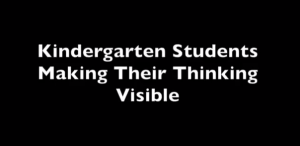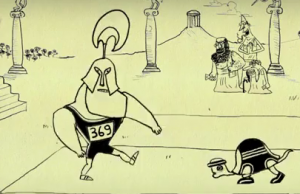 Which phase of virtual school are you in now? 2.0 3.0 4.0
Which phase of virtual school are you in now? 2.0 3.0 4.0
How will your school prepare for the likelihood that either at the start or a month or two into the new school year you will need to go virtual again? What will your priorities be now that you have some experience with virtual school?
My school just completed three months of virtual school. Our students returned to school this week. Looking forward, we will need a lot of design time to be ready to up our game to potentially roll out virtual school during the coming school year. Our teachers and administrators did an incredible job delivering our curriculum virtually. Yet, I think we can sharpen the saw of our pedagogy to do an even better job in helping our students reach the learning goals of our curriculum. We need to stick with the mission of our school and the learning outcomes of our normal curriculum. In the case of our elementary division, this means teachers designing learning experiences around concepts and HOTS often delivered through project creation. Thus we will need to put on our designer caps to replicate virtually what we normally do face to face. I hit on this topic a little in the VS – Coming Out the Other Side post.
As for a mechanism to do the planning, I would either work with my current VS Design Team idea to allocate time for August planning or possibly create another team of interested innovators to start the design process. As mentioned in previous posts, I would continually update the wellness section of the parent portal to provide families with strategies to help with their wellness.
My main drivers continue to be the wellness of all stakeholders as we try to humanize virtual schools as much as possible. This would include a mindset of finding even more ways to build community whether through collaborative Project-based Learning, ongoing class community meetings, or whatever activities that bring students together.
A second focus would be on finding ways to be as efficient and productive in delivering the learning experiences. Teachers cannot spend 8 hours a day responding to students through tech platforms that call on teachers to respond to every student’s post. The fatigue factor is just too much. Sustainability over many months of virtual school needs to drive our thinking. I would also look to find ways to bring innovation into the process to support these two focus areas. And I would continue to find ways to support the most creative teacher designers to pilot some new approaches.
A third ongoing focus is to continue to provide resources to support community members with their PERMAH. We often focus on the H with physical and mental activities that can be shared via the Parent Portal. But wellness as PERMAH demonstrates is much more than meditation, exercise, good sleep, and a healthy diet.
One of my favorite ways to help students with their thinking and connection-making is to use the visible thinking routines from Harvard’s Project Zero. The educators at Project Zero recently consolidated the thinking routines and other tools for learning into two new sections of their site. One section is for the thinking routines and the other is for strategies to use at home in support of the virtual school. I add in my Web Resources for Learning Thinking Routines section with technology supports as another toolbox where teachers can find practices that can be used for virtual school.


